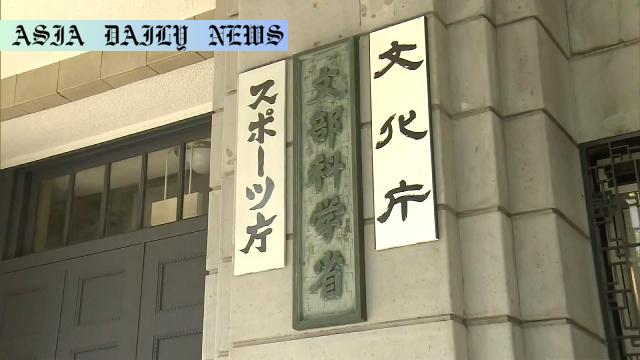International Schools: NHK highlights the differing policies of Tokyo wards on the compulsory education status of international school graduates.

Understanding the Role of International Schools in Japan’s Education System
International schools in Japan offer an educational alternative to the mainstream public education system, attracting a growing number of Japanese children, especially in urban areas like Tokyo. Their curricula, often designed independently and delivered in languages such as English, offer students a unique global perspective. However, they currently operate in a gray zone within the context of Japan’s educational framework. This creates challenges when these graduates seek recognition within the country’s compulsory education system.
The NHK investigation highlights a stark issue – Tokyo’s 23 wards have differing stances on the graduation status of international school students. This inconsistency has far-reaching consequences for students, parents, and even future education policies. It reflects the tension between the locality-driven administration of education and the central government’s limited oversight concerning international schools.
Policy Divide Among Tokyo’s Wards
According to NHK’s findings, 11 wards, including populous districts like Minato, Meguro, Shibuya, and Setagaya, stand firm in not recognizing international school graduates as having completed compulsory education. This decision aligns with their view that international school curricula do not meet Japan’s official curriculum guidelines. Notably, these wards also host a higher concentration of international school attendees, making their stance impactful.
On the contrary, the remaining 12 wards, including Toshima and Bunkyo, adopt a more flexible approach. They grant graduation status on a case-by-case basis, often relying on supplemental educational efforts, such as attending ward-based schools or participating in principal interviews. This contrast illustrates the lack of uniformity in education policies, leading to confusion and inequality for students and their families.
Central Government’s Limited Oversight and Expert Insights
The Japanese education ministry has delegated the decision-making process to local boards of education and school administrations, citing their familiarity with individual students’ circumstances. While this decentralized approach may allow for flexibility, it also fosters inconsistency. Graduates of international schools in some areas face barriers to academic and professional opportunities, as their education is not fully recognized as equivalent to compulsory schooling.
Professor Aoki Eiichi of Tohoku University, an expert on education administration, expressed surprise at the disparities between Tokyo’s wards. He emphasized the need for comprehensive data collection and the formulation of clear guidelines by the central government. In addition, Aoki pointed out a deeper issue—urban residents’ growing mistrust of public education, which may be driving the demand for alternative educational models.
Implications and Recommendations
The current lack of recognition for international school graduates not only affects students’ futures but also raises broader questions about Japan’s approach to educational diversity. With the increasing globalization of education and the rise in students opting for internationally-oriented schooling, it is imperative for Japan to evolve its policies to align with modern needs. A unified approach would provide clarity and flexibility while upholding the educational standards Japan is known for.
The central government should take the lead in standardizing policies regarding the status of international school graduates. This can involve creating detailed guidelines that allow both recognition of alternative curricula and measures to ensure compatibility with Japan’s education objectives. These steps can bridge the gap between traditional and alternative schooling systems, benefiting students, parents, and the wider education sector in the long term.
Commentary
Insights on the Education Divide
The divide in recognizing international school graduates as having completed compulsory education in Tokyo’s 23 wards sheds light on a glaring issue within Japan’s education system. As the demand for alternative, globally-focused education rises, the resistance from certain local governments reveals an outdated adherence to rigid curriculum standards. This raises questions about whether such a system is equipped to prepare learners for a globalized future.
The Challenge of Balancing Tradition and Change
Japan is a nation that values tradition, and its education system is no different. However, the world is changing, and education systems must evolve to match these shifts. International schools offer courses that reflect a more globalized ethos, equipping students with skills and perspectives that Japan’s conventional education may not always prioritize. Refusing to recognize such education undermines the progress Japan needs to make on this front.
The Role of Policymaking in Solving the Divide
What stands out most is the role that policymakers must play in addressing these discrepancies. By delegating the responsibility to local entities, the central government avoids confronting a pressing issue. But as the disparities between wards show, this hands-off approach only compounds confusion and inequity. Comprehensive guidelines are urgently needed to ensure fairness and integration for students who choose alternative educational routes.
Ultimately, the decision to embrace or reject international school graduates’ education status is more than a policy issue—it’s a reflection of Japan’s approach to diversity, globalization, and the future of its education system. It will be fascinating to see if and how the central government steps up to address this pressing concern.


